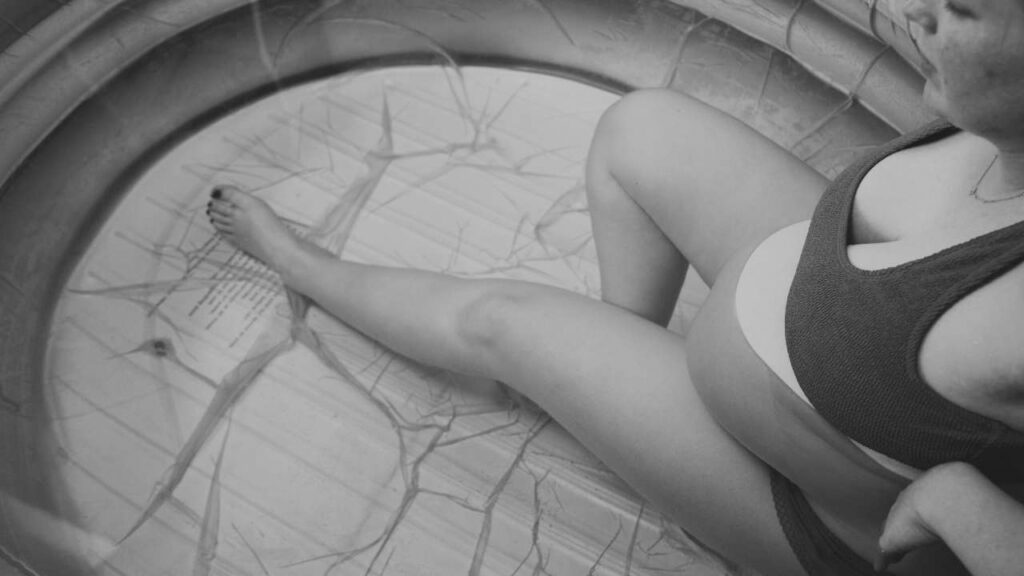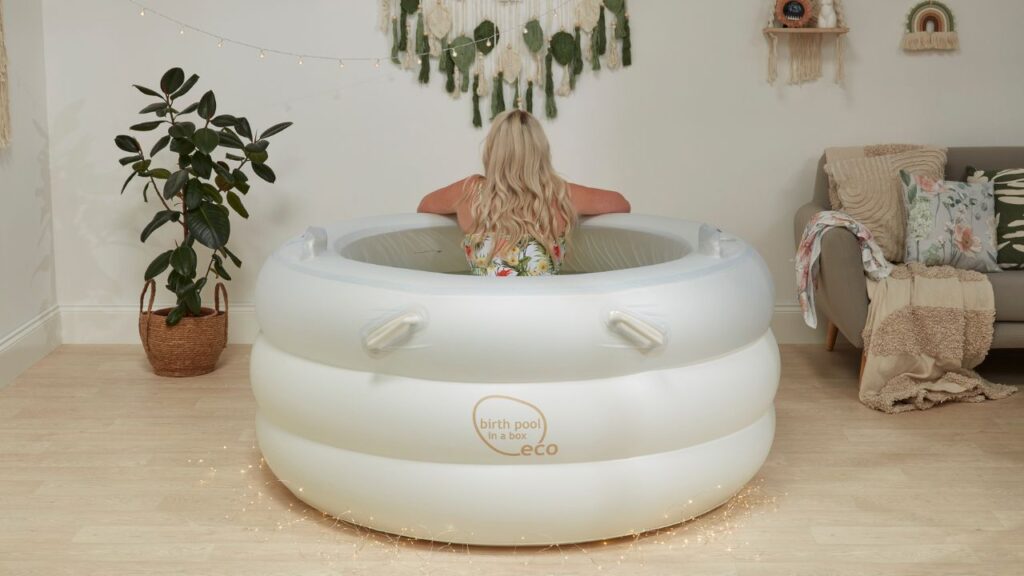- Ships worldwide
- +61 (0)429 668 845
- [email protected]
Homebirth in Australia
How common is homebirth in Australia? Is it becoming more popular?

At Birth Afloat, we saw ourselves that there was increased interest in our birth pools for homebirth in Australia. We are so happy that we could play a small part in supporting women to birth where they wanted to birth.
Still, we wonder if the increase in homebirths in Australia is a trend that will continue. Are more women aware of homebirth as a safe option in many instances? Are more women open to and interested in homebirth?
There are some doubts about the accuracy of the data available, but in the past few years there has been a slight increase in the rate of homebirths in Australia: from 0.3% in 2018 to 0.5% in 2020.
Many suggest that the global pandemic is in large part responsible for this trend. Since early 2020, hospitals have adopted policies and procedures which have dramatically changed the way that pregnant women receive care and birth in hospitals. Vaccination requirements and limitations on support people at pre-natal appointments – and even at births – meant that many women wanted to find another way to birth.
It’s not that everyone “should” have a homebirth. It’s more that there are many obstacles to women learning about and accessing homebirth if they do prefer it.
When we look at the bigger picture, there are still many narratives in Australian society about birth being dangerous. Mostly, Australians grow up directly and indirectly hearing stories and assumptions that giving birth in a hospital is the obvious, safe, and only smart choice. Many women are unaware that there are other safe and supported ways to give birth.
Society and the healthcare system have fears about homebirth: what if something “goes wrong”? What if a hospital transfer is required? What if the woman changes her mind?
Evidence shows more and more that homebirth is safe (for mother and baby) for low-risk pregnancies. In Australia, the majority of homebirths are attended by midwives who provide the highest quality of care, support, and guidance when required.
Even overcoming the obstacle of mainstream fear of homebirth, another barrier faced is financial. There are limited publicly funded homebirth programs in Australia, meaning in most instances families pay thousands of dollars for all the care associated with birthing at home. This is out of reach for many.
There is also a limited number of private practice midwives who attend homebirths. Some remote and regional areas have no homebirth midwives… and in other areas, homebirth midwives are so popular that they are all booked out.
Homebirth isn’t for everyone, and that’s okay. But we would love to see the narrative around homebirth in Australia change for the better. We believe that women deserve to have access to information about birth that is not founded in fear, and we believe that women need to be supported in their choices about birth.
We hope to play a small part in that change by normalising the use of birth pools in whatever setting a woman chooses to birth – whether it’s in hospital, at a birth centre, or at home.
Our wooden pools for hire are perfect for homebirths. You can check out our range here.
We hope that birth at home is soon a reality for more women who want it.
For more information, see “Homebirth Australia” (O & G Magazine)
More stories
OUR PRODUCTS ON SALE
-
Sale!
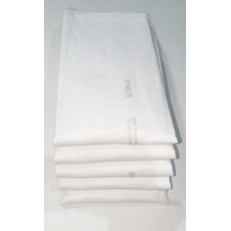
Bed Protection Pads 5 Pack
$15.00 – $30.00Price range: $15.00 through $30.00 Inclusive of 10% GST Select options This product has multiple variants. The options may be chosen on the product page -
Sale!
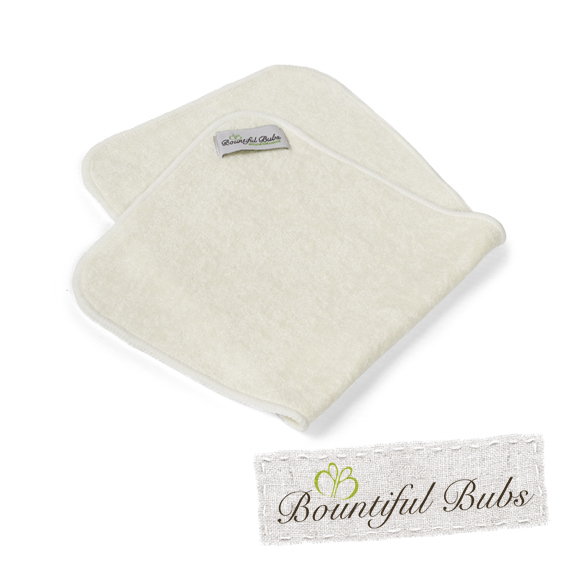
Burp Cloth – Organic Bamboo – Bountiful Bubs
$35.00Original price was: $35.00.$28.00Current price is: $28.00. Inclusive of 10% GST Add to cart -
Sale!
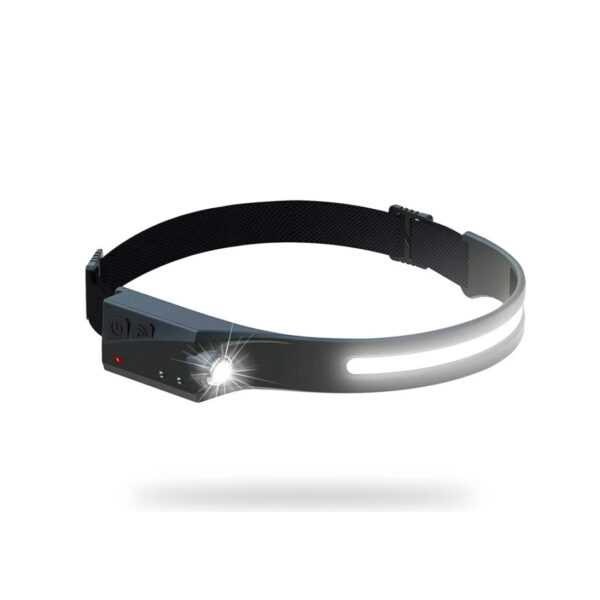
LED Headlamp – GoBeam 230
$60.00Original price was: $60.00.$50.00Current price is: $50.00. Inclusive of 10% GST Add to cart -
Sale!
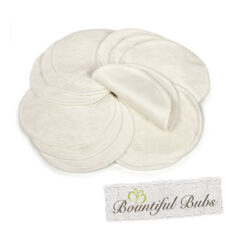
Reusable Breast Pads, Organic Bamboo – Waterproof
$38.00Original price was: $38.00.$30.00Current price is: $30.00. Inclusive of 10% GST Add to cart



